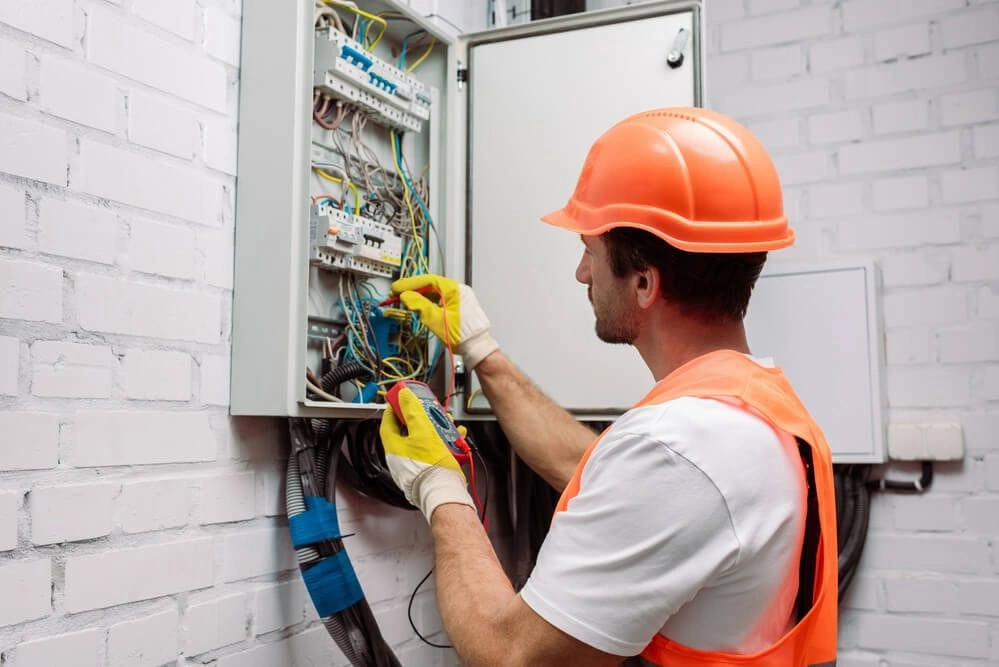Streamlining orthodontic practice efficiency requires a multifaceted approach. Professionals must first assess current workflow inefficiencies and identify areas for improvement. Technology solutions, such as electronic health records and scheduling software, can greatly enhance operational effectiveness. Clear communication among staff and patients is essential for minimizing misunderstandings. Additionally, aligning staff roles with individual strengths can optimize performance. Exploring these strategies can lead to a more productive practice environment, yet many challenges remain.
Key Takeaways
- Implement EHR systems to enhance patient data management and reduce administrative workload for staff.
- Utilize scheduling software to efficiently manage appointments, increasing staff productivity and patient satisfaction.
- Clearly define staff roles and align responsibilities with individual strengths to minimize overlap and enhance team collaboration.
- Regularly solicit patient feedback to improve communication strategies and identify areas needing enhancement in service delivery.
- Engage staff in continuous monitoring of processes to quickly identify inefficiencies and make necessary adjustments for optimal performance.
Assessing Current Workflow Inefficiencies
Although many orthodontic practices aim for efficiency, they often overlook critical areas of workflow that can hinder productivity. Evaluating current workflow inefficiencies is essential for identifying bottlenecks that impede patient care and staff performance. Common inefficiencies include disorganized scheduling, underutilized staff roles, and inconsistent communication among team members. By conducting a thorough review of daily operations, practices can pinpoint specific areas for improvement. Engaging the entire team in this evaluation fosters a sense of belonging and collective responsibility. Implementing strategies such as standardized protocols and regular team meetings can streamline processes. Ultimately, these tips for optimizing healthcare practice efficiency lead to enhanced patient satisfaction and a more cohesive work environment, benefiting both staff and patients alike.
Implementing Technology Solutions
Identifying workflow inefficiencies is just the first step toward improving orthodontic practice efficiency; the integration of technology solutions can greatly enhance operational performance. Practices can adopt electronic health records (EHR) that streamline patient data management, reducing paperwork and improving accessibility. Scheduling software optimizes appointment management, minimizing overlaps and maximizing staff productivity. Moreover, digital imaging technologies, such as 3D scanning, expedite diagnosis and treatment planning, leading to faster patient throughput. In addition, practice management systems can automate billing and insurance claims, thereby reducing administrative burdens. By embracing these technology solutions, orthodontic practices can not only increase efficiency but also foster a more cohesive work environment. These tips for optimizing healthcare practice efficiency ultimately contribute to improved patient care and satisfaction.
Enhancing Patient Communication Strategies
Effective patient communication is essential for enhancing orthodontic practice efficiency, as it directly influences patient satisfaction and compliance. Practices can improve communication by utilizing multiple channels, including email, text messaging, and phone calls, ensuring that patients receive timely information regarding appointments and treatment plans. Additionally, adopting a patient-centered approach fosters a supportive environment where patients feel valued and heard. Regularly soliciting feedback can help orthodontists identify areas for improvement in their communication strategies. In addition, educational materials should be accessible and clear, empowering patients to make informed decisions about their treatment. By implementing these strategies, orthodontic practices can enhance patient relationships, thereby optimizing healthcare practice efficiency and achieving better treatment outcomes.

Optimizing Staff Roles and Responsibilities
Streamlining staff roles and responsibilities can greatly enhance the efficiency of orthodontic practices. Clearly defining each team member’s role minimizes overlap and guarantees that tasks are executed effectively. By aligning responsibilities with individual strengths, practices can foster a collaborative environment where staff feel valued and engaged. Regular training sessions can further empower team members, enhancing their skills and confidence. Implementing a structured communication system allows for seamless information sharing, reducing misunderstandings and improving workflow. Additionally, periodic evaluations of role effectiveness can identify areas for improvement, guaranteeing that the team remains agile and responsive to changing needs. Overall, optimizing staff roles is a vital strategy in the pursuit of tips for optimizing healthcare practice efficiency.
Continuously Monitoring and Improving Processes
Although many orthodontic practices implement strategies to boost efficiency, continuously monitoring and improving processes is essential for sustained success. Regular assessments allow practices to identify bottlenecks and inefficiencies, enabling timely adjustments that enhance workflow. Engaging staff in this process fosters a culture of collaboration and accountability, encouraging input on practical solutions. Utilizing data analytics can reveal trends and areas needing attention, guiding informed decision-making. Additionally, soliciting patient feedback can highlight service gaps, prompting improvements that enhance the overall experience. By prioritizing ongoing evaluation and refinement, orthodontic practices can not only optimize healthcare practice efficiency but also guarantee they remain responsive to both staff and patient needs, fostering a supportive and cohesive environment.
Frequently Asked Questions
How Can I Measure the Effectiveness of Practice Efficiency Improvements?
To measure the effectiveness of practice efficiency improvements, one can analyze key performance indicators, assess patient feedback, track appointment scheduling times, and evaluate overall treatment outcomes, ensuring a thorough understanding of operational enhancements.
What Common Mistakes Should I Avoid When Streamlining My Practice?
When streamlining practice efficiency, one should avoid neglecting staff input, overcomplicating processes, underestimating training needs, failing to measure outcomes, and ignoring patient feedback. These common mistakes can hinder effective optimization and overall practice success.
How Do I Ensure Staff Buy-In for New Efficiency Initiatives?
To guarantee staff buy-in for new efficiency initiatives, leadership should involve team members in the planning process, clearly communicate benefits, provide training, and foster an open environment for feedback and collaboration, enhancing overall morale and engagement.
Which Metrics Indicate Successful Optimization of Healthcare Practice Efficiency?
Successful optimization of healthcare practice efficiency can be indicated by metrics such as reduced patient wait times, improved treatment outcomes, increased staff productivity, enhanced patient satisfaction scores, and overall operational cost reductions.
Can Patient Feedback Help Identify Areas for Efficiency Improvement?
Patient feedback can considerably highlight inefficiencies within healthcare practices. By analyzing comments and suggestions, practitioners can identify specific areas needing improvement, ultimately enhancing overall practice efficiency and patient satisfaction, consequently fostering a stronger community connection.
Conclusion
To summarize, streamlining orthodontic practice efficiency requires a multifaceted approach that incorporates technology, effective communication, and ongoing evaluation of staff roles. By embracing electronic health records and scheduling software, practices can enhance operational workflows. Clear communication with patients fosters engagement and satisfaction, while regular assessments of processes guarantee continuous improvement. Ultimately, these strategies collectively contribute to a more efficient, patient-centered orthodontic practice, paving the way for improved outcomes and enhanced practice performance.
You May Also Like To Read:



